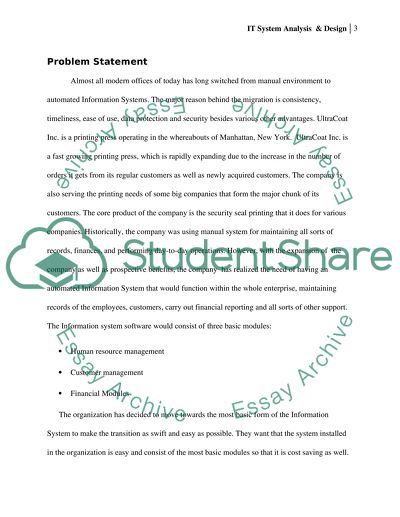Cite this document
(“IT System Analysis and Design Essay Example | Topics and Well Written Essays - 2250 words”, n.d.)
Retrieved from https://studentshare.org/information-technology/1430210-it-system-analysis-and-design
Retrieved from https://studentshare.org/information-technology/1430210-it-system-analysis-and-design
(IT System Analysis and Design Essay Example | Topics and Well Written Essays - 2250 Words)
https://studentshare.org/information-technology/1430210-it-system-analysis-and-design.
https://studentshare.org/information-technology/1430210-it-system-analysis-and-design.
“IT System Analysis and Design Essay Example | Topics and Well Written Essays - 2250 Words”, n.d. https://studentshare.org/information-technology/1430210-it-system-analysis-and-design.


